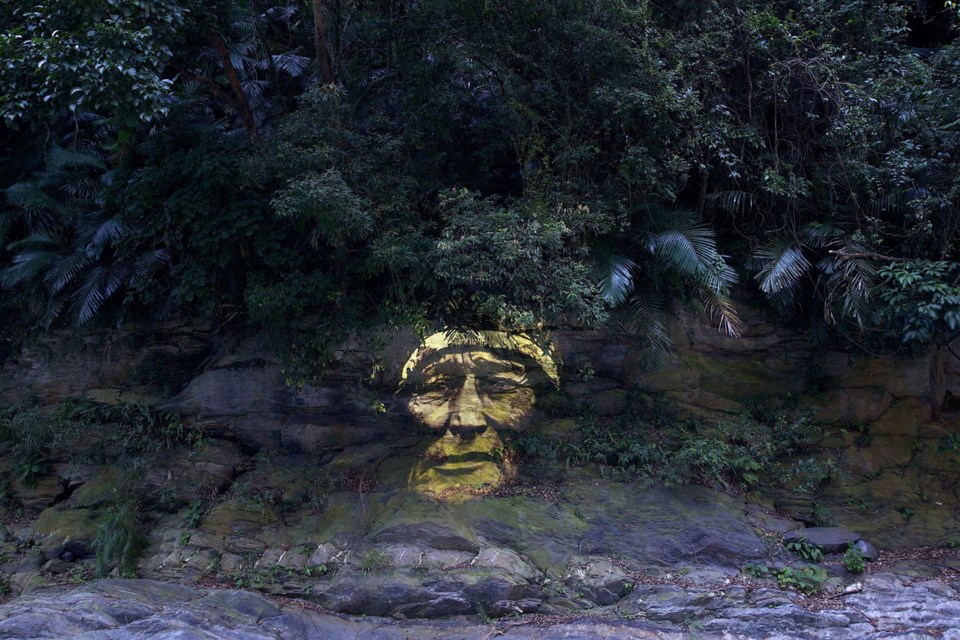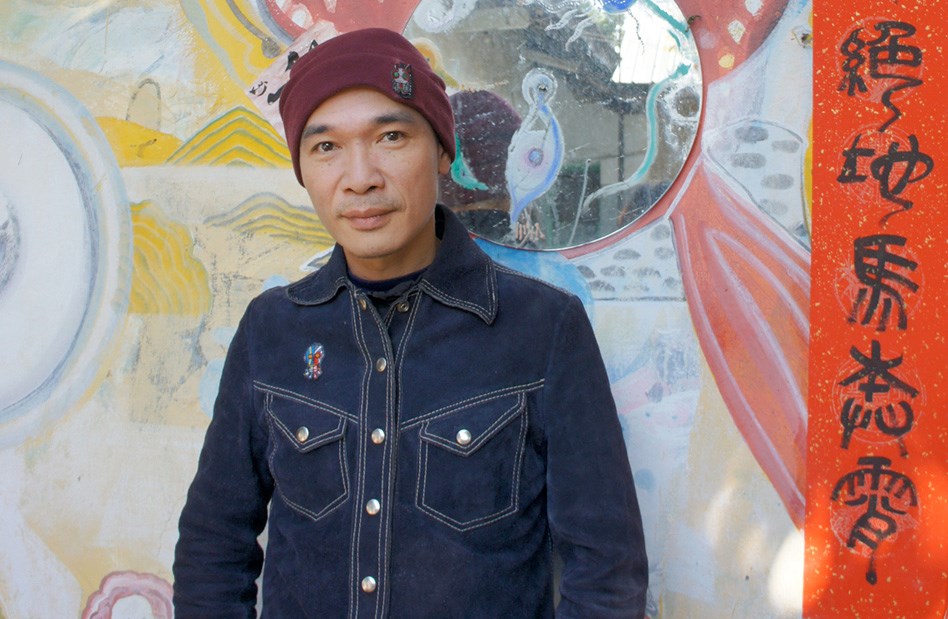“Against a backdrop of skyscrapers and mountains, ghosts and spirits haunt the island of Taiwan.”
So opens (In)visible: The Spiritual World of Taiwan through Contemporary Art, the Museum of Anthropology’s major new exhibition.
A nation of 23.5 million people and profound diversity, Taiwan’s culture can be characterized by its incredible range of religious beliefs and practices. Heavily influenced by its proximity to China, the major religions of Buddhism, Taoism and Confucianism are all represented, as are Christianity, Mormonism, Islam and Hinduism. Despite its relatively small size, Taiwan is also home to 16 officially recognized Aboriginal groups of Austronesian descent, each with their own unique belief systems.
That’s why MOA, as part of its ongoing Spotlight Taiwan initiative, is bringing the work of seven contemporary Taiwanese artists who put the region’s religious beliefs, folk culture, legends and spiritual worlds in modern context to Vancouver.
Within Canada, Vancouver has a significant population of Taiwanese people, showcased with cultural celebrations such as TAIWANfest and the Taiwan Film Festival each year. Dr. Fuyubi Nakamura says, however, that she was surprised at how few people here knew about Taiwan’s Aboriginal history.
As MOA’s new Curator for Asia, this exhibition marks the first time the Tokyo-born academic and award-winning sociocultural anthropologist has taken on a full-time curatorial role. It is also the first time the in-demand speaker and author, who specializes in the anthropology of art, museum studies and the material and visual cultures, has looked closely at Taiwan in her career. But Nakamura says the island has always held a fascination for her.
“What makes Taiwan an interesting place is the fusion of different cultures. And when I visited Taiwan it was really clear – so many different temples and shrines everywhere,” she explains. “The spiritual world is very much a part of life and a source for creative inspiration in Taiwan.”
Don’t expect the word religion to be bandied about at the exhibition, though. Nakamura says she became reluctant to use “religious” to describe the art in (In)visible because, much like Canada’s First Nations populations, many of the Aboriginal beliefs represented are based much more in the natural or “animistic” worlds.
It is unknown how long people have lived on the island, but Nakamura suggests 8,000 years as the prevailing consensus. Throughout its more recent history, she continues, outside forces such as the Chinese, Portuguese, Dutch, Spanish, and Japanese have ‘discovered’, settled in or occupied Taiwan, bringing with them different religions and lore.
Even now, the sovereignty of the self-ruled, democratic island is in question – beset by governance conflicts and not officially recognized by Canada, for example, as being a country independent from China. Nakamura shies away from discussing the current politics of Taiwan, though, instead emphasizing the unique culture and artistry that has evolved as result.

As she researched, one of her first discoveries was the work of Walis Labai. It was his Invisible Project that inspired the title for the show.
“He doesn’t create anything very traditional in terms of style, but he incorporates images of different indigenous groups from all over the world into his artwork,” explains Nakamura. “For this exhibition we are showing his video work, so he projected the images of different indigenous people onto the sacred landscapes of Taiwan for these particular indigenous groups. It’s sort of a conversation between indigenous groups and what they are facing now in contemporary society.”
Nakamura also brings to her position at MOA a passion for installation work – aiming to turn boxy museum rooms into architectural experiences – which helped her narrow down what type of artists she wanted to approach for this show.
One of the highlights of the exhibition, then, has to be the stunning traditional paper-cutting display by Chiu Yu-Wen. In addition to a sold-out public workshop at the museum for people to learn her craft, more than 30 volunteers have jumped at the chance to help the artist assemble her delicate, room-filling piece.
“The paper-cutting project, Water Fairies, is her own special world,” says Nakamura, appreciatively. “It doesn’t belong to any established religion. It’s more about her inner special world, and our inner special world. So we are creating a space where people walk in to her work. This exhibition is not just to look at; you also have to experience it.”
(In)visible, running Nov. 20-April 3, will also feature a textile installation inspired by traditional Ayatal weaving, puppetry, sculpture, painting and drawing. Artists Li Jiun-Yang, Chiu Yu-Wen, and Tu Wei-Cheng will be in attendance for a public talk about their work on Nov. 21 from 1-3pm. The next day, Walis Labai, Yuma Taru and Anli Genu will be in conversation with Nakamura and Haida artist Michael Nicoll Yahgulanaas from 1-3pm, discussing issues relating to identity, indigeneity and cultural heritage in contemporary art.
• (In)visible: The Spiritual World of Taiwan through Contemporary Art runs Nov. 20-April 3 at the Museum of Anthropology (6393 NW Marine). MOA.UBC.ca


